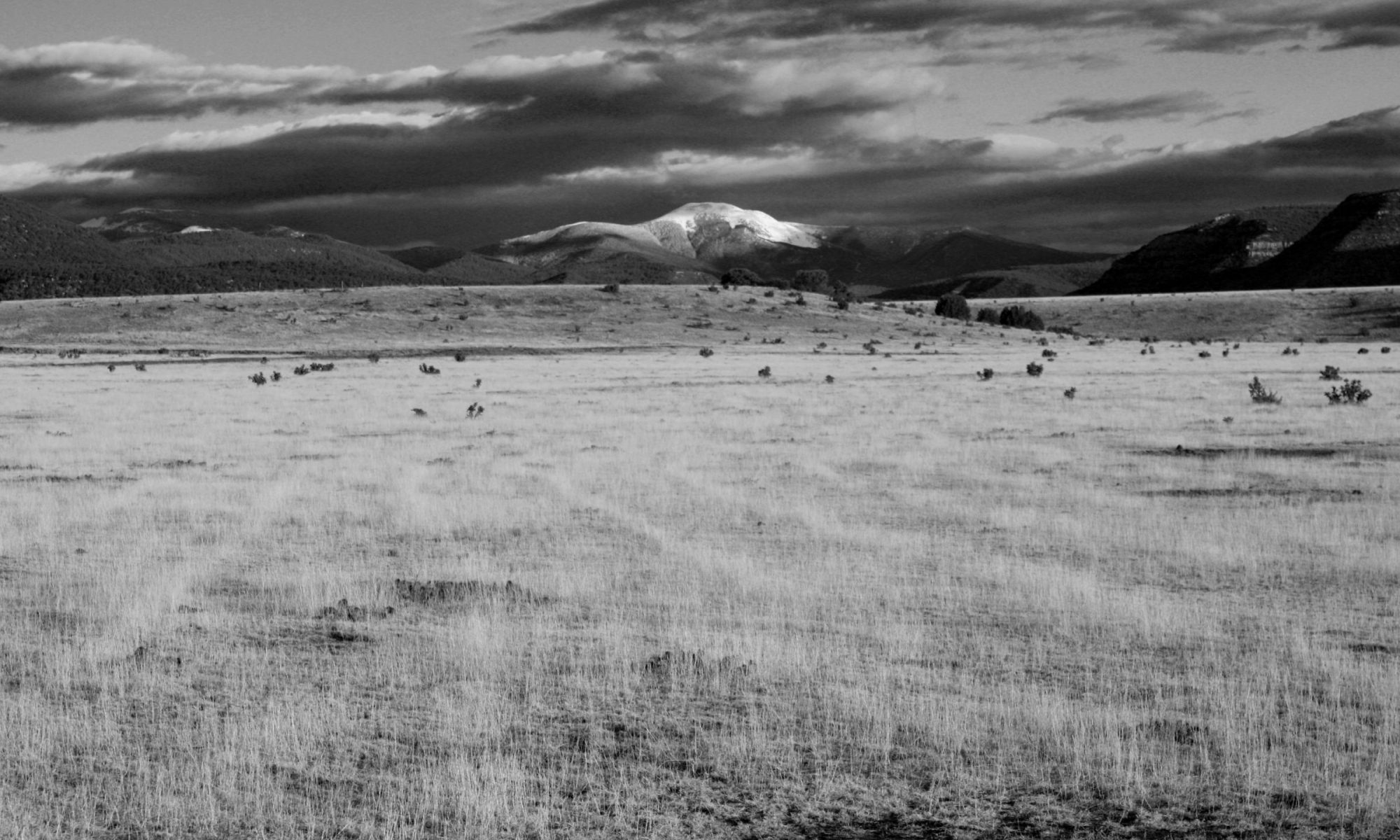http://daverapoza.wordpress.com/2009/06/28/tonights-sketch/
“Friend, Gromepurkå?” Rotcher asked for the second time. Elenin use the epithet ‘friend’ among themselves without thinking on it much. Humans employ it as a reminder or plea. Rotcher might have said, “Please don’t kill me, Gromepurkå.” Gromepurkå would have translated each the same.
Our begrudging leader paused his slogging and turned. The pouring snow seemed to relent momentarily to swirl and hover around our guide rather than to rain down. From my third position in the line, in Rotcher’s lee, I noted the incongruity between the lacy crystals accumulating and the abrupt tusks on which they accumulated. Our training taught us soldiers to look first to the distance between an elenin’s nostrils and brow line for mood. Close was bad; farther, less bad. Our aboriginal trainer menacingly pointed out the only good distance was the one from which us humans could not see an elenin at all. I thought on this each and every time that idiot, Rotcher, opened his mouth. Gromepurkå’s lowered brow but unflared nostrils put us in the middle trending toward bad.
“Friend, Gromepurkå, you are truly a great bull to be leading we cows. I beg your forgiveness, but my men and I must stop to find shelter if we are to live through the night.” Gromepurkå’s brows raised.
“This? I am amazed. No. I am amused,” he stopped speaking and did nothing for a moment. I was sure he expected something from Rotcher. I wasn’t sure if Rotcher knew or not. “Which is it? Am I amazed or amused?”
“We feel both appropriate. If you’ll forgive us our impertinence suggesting we are coming to understand our bull-guide more closely, we believe you meant amused in this case.”
Days 401/402

